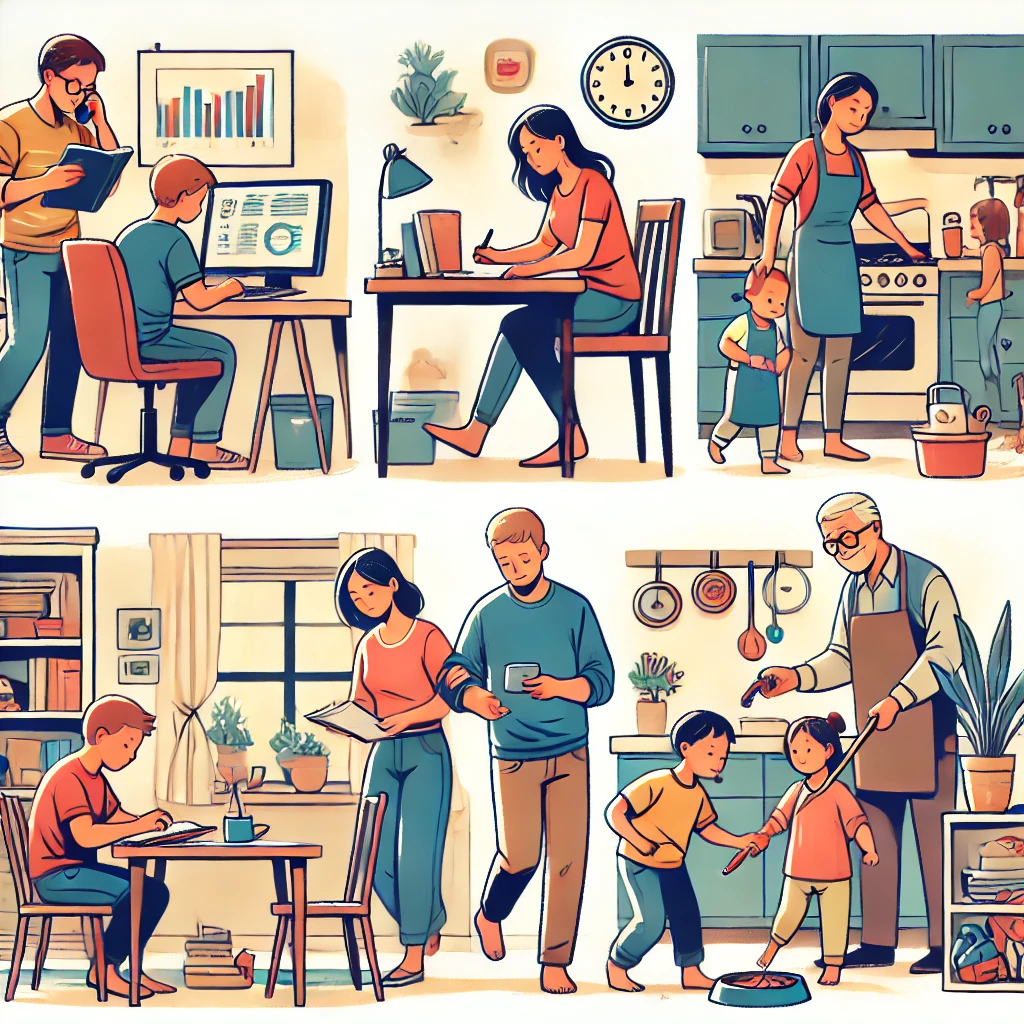How to know who are there in a Family based on theirs characters?
How to know who are there in a Family based on theirs characters?
If you want to determine the members of a family based on their characteristics, you can look at several factors, including:
1. Roles & Relationships
- Parents: Usually authoritative, caring, and responsible for the family’s well-being.
- Children: Playful, curious, and dependent on parents.
- Elderly members (Grandparents): Wise, experienced, and often storytellers.
- Siblings: Have a mix of rivalry, support, and friendship.
2. Personality Traits
- The Leader (Head of the family): Often makes key decisions and takes responsibility.
- The Nurturer (Caregiver): Shows love and takes care of everyone.
- The Rebel (Rule-breaker): Challenges traditions and rules.
- The Peacemaker (Mediator): Keeps family members together and resolves conflicts.
3. Behavior & Responsibilities
- Who manages finances? Likely the father or mother.
- Who cooks meals? Usually a parent or grandparent.
- Who is the most playful? Likely a child.
4. Cultural & Social Clues
- Different cultures define family roles differently. Some families have extended relatives like uncles, aunts, and cousins living together.
Example Scenario:
If you see a person being strict yet protective, they might be a father. If someone is always caring and making food, they might be a mother or grandmother. A person who is always playing around could be a child.
How to know who are there in a Family based on theirs responsible?
You can determine who is in a family based on their responsibilities by observing what tasks they handle and how they contribute to the household. Here’s a breakdown of common family members and their typical responsibilities:
1. Parents (Father & Mother)
- Financial Provider: Usually earns money to support the family (often the father, mother, or both).
- Decision Maker: Handles major family decisions, such as education, healthcare, and financial planning.
- Caretaker: Ensures children’s well-being, provides emotional support, and manages household affairs (often the mother, but can be both).
2. Children (Sons & Daughters)
- Education: Their main responsibility is studying and developing skills.
- Helping at Home: May assist with small household chores like cleaning, taking care of younger siblings, or running errands.
- Emotional Bonding: Brings joy and togetherness to the family.
3. Grandparents
- Guidance & Wisdom: Share life experiences and values with younger generations.
- Childcare: Sometimes help in taking care of grandchildren.
- Emotional Support: Act as peacemakers and mentors in family matters.
4. Siblings (Brothers & Sisters)
- Support System: Help each other emotionally, socially, and academically.
- Household Assistance: Older siblings may assist parents in taking care of younger ones.
- Friendship & Bonding: They provide companionship within the family.
5. Extended Family (Uncles, Aunts, Cousins, etc.)
- Occasional Support: Help during special occasions, emergencies, or financial difficulties.
- Cultural & Traditional Influence: Keep family traditions alive and maintain relationships.
Example Scenario:
If a person is always managing the bills and making important decisions, they are likely a parent. If someone spends most of their time studying and playing, they are probably a child. A person giving advice and storytelling might be a grandparent.

